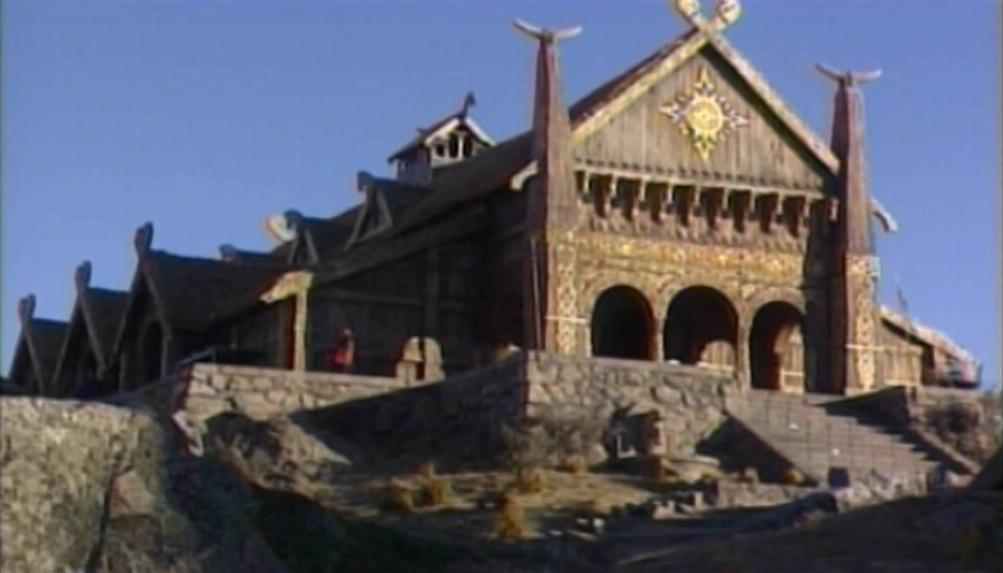 |
| More like A Game of Kicking Ass |
Anyway, I started flipping through the rulebook because I always loved the probably untenable Post-Apocalypse in Space vibe of the early BattleTech fluff. The further along the game got, the more space operatic it seems to go, and the less I dug any part of it except the big robots blowing the bejeezus out of each other. The one-two punch of the Clan invasions and new rules in the Solaris boxed set soured us on the game. But before those came out we played the crap out of this game. I'm talking weekend long games with 36 mechs a side, plus whatever shorter games we could fit in during the week.
Which is why I surprised that as I flipped through the amazingly familiar rulebook that my eyes fell on a rule I do not remember. I've played and read a jillion games with a jillion rules, but the two rule sets I know best are Moldvay Basic D&D and this rulebook. To find a rule that I have no memory of whatsoever just flabbergasted me.
BattleTech normally uses a 2d6 hit location system to see what part of the mech you blasted. A roll of seven hits the torso. If your shot comes in from the right, it's a hit to the Right Torso, from the left its a hit to the Left Torso, and from the center arc the hit lands in the Center Torso. With me so far? A roll of snake-eyes on the same chart indicates the same locations hit, except that after the location listing it says "(Critical)". Critical Hits are the key to defeating a BattleMech. The normal way you get them is by blowing away all the armor in a location so you can start scoring internal damage. A roll of '2' on the hit location chart is the other way.
For the more common way of scoring crits (piercing the armor shell) you go to the Critical Hit Effects Table and roll another 2d6. 2-7 means no critical. An 8 or 9 means you get one roll on the location based critical chart for your target Mech (more rolling, yay!). A 10 or 11 gives you 2 rolls on the appropriate crit chart. A roll of 12 either scores 3 hits, or if the location is a limb, the limb is blown clean off. Sweet! One legged mechs are hilariously bad at hopping around the BattleField-I mean battlefield. And other mechs can pick
 |
| No, no, no. That's a Crusader from BattleTech. You're clearly mistaken. |
Anyway, prior to yesterday I would have bet cash money that a 2 on the hit location chart sends you to the same Critical Hit Effects Table, or as we usually called it, the Possible Critical Chart, to see if you inflicted 0, 1, 2, or 3 rolls on the appropriate Torso chart. It doesn't. A rule at the bottom of page 14 says you roll 2d6 as per normal. A 2-7 is no effect again, but an 8 or higher destroys the location. Note that destroying the Center Torso destroys the Mech.
The consequences of this rule is that 1 in 36 hits to the front or back of the mech runs an almost even chance (41 and change percent) of being killed with one shot. That doesn't sound like a lot but when you fire more than 36 shots per game and play regularly for several years, that ought to add up to a nice little pile of dead BattleMechs.
I've got a point here beyond complaining that I'm owed more kills than I am credited with in BattleTech. (So are my friends from those days, to be fair.) With the exception of super-elegant games like S. John Ross's Risus: The Anything RPG, little rules like this can fly under the radar. I run up against these all the time in various editions of D&D. The crummy helmet rule in AD&D1, the 1 in 6 chance of dropping anything held if you are surprised in Holmes Basic, the chance for anyone to find a trap in Moldvay are three examples off the top of my head. Forgetting any of them won't kill your game, but remembering them add a little spice to the game. Moral of the story #1: reread your rulebook once in a while. You might find something cool even in a game you've been familiar with for 3 decades.
The other thing going on here is the effect of the BattleTech reference sheet. The back page of the rulebook is all the key charts of the game. Early on my group made photocopies for easy reference. If we ever knew the special rule for snake-eyes hit locations we probably forgot it because the chart sheet didn't mention it. Meanwhile, the Possible Crit Chart is right on the same piece of paper. Why wouldn't we use it? Moral of the story #2: If you think a fiddly little rule is important, put it in your easy reference sheet or on your screen. For example, whenever I run a new edition of D&D, I make sure I have the specifics of Sleep on my screen or otherwise handy. I've never seen an official screen that has the rules for one spell on it, but my screen for my game needs it.






